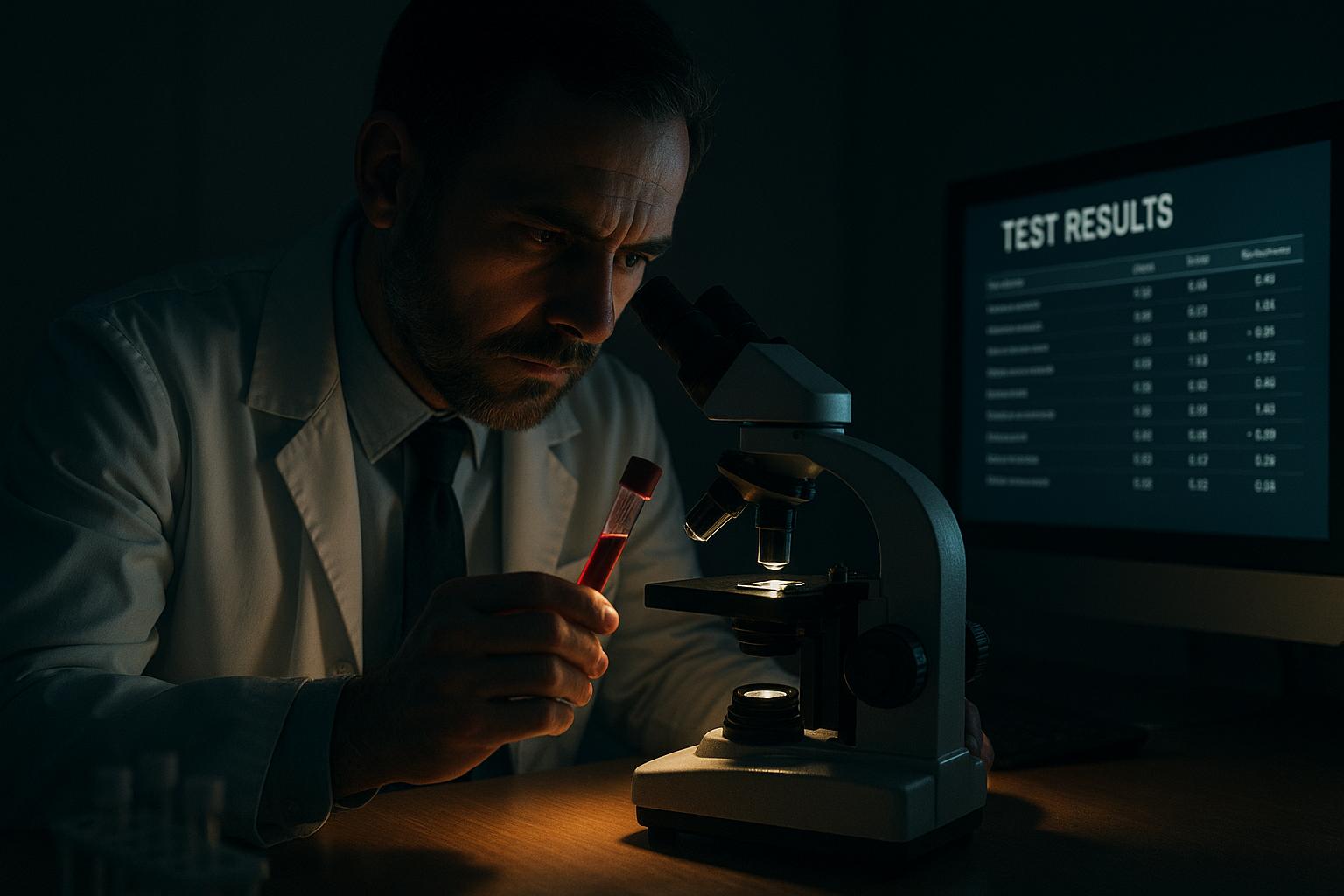A recent study suggests that a simple blood test, known as the Galleri test, can identify cancer cases even among patients who initially receive a false reassurance that they do not have the disease. The research, conducted by experts at the University of Oxford in collaboration with the diagnostics company Grail, revealed that about a third of individuals who were thought to have a false positive result actually had cancer diagnosed within two years. The Galleri test detects a DNA "fingerprint" associated with over 50 types of deadly cancers, often before symptoms emerge.
The study analysed data from 6,238 NHS patients who presented symptoms indicative of possible cancer and were referred for diagnostic scans and tests. Blood samples from these patients were tested with Galleri, but the results were withheld from their GPs to prevent influencing the choice of diagnostic investigations. Findings showed that 35.4% of patients initially classified as false positives later received a cancer diagnosis, with the test successfully indicating the tumour’s site in the vast majority of these cases. Intriguingly, more than half of these cancers were located in organs not initially suspected based on clinical symptoms, underscoring the test’s potential utility in guiding clinicians to the appropriate diagnostic pathways.
Brian Nicholson, associate professor at Oxford’s Nuffield Department of Primary Care Health Sciences and co-lead investigator, emphasised the significance of proactive follow-up for positive Galleri results, even when initial diagnostic processes suggest a false positive. He noted, “one-third of the apparent false positive results were actually cancers the standard-of-care diagnostic process couldn’t immediately identify,” highlighting the diagnostic gap the test might fill. Furthermore, the Galleri test’s ability to predict the cancer’s origin aligned with eventual diagnoses in nearly all such cases, which could reduce diagnostic delays and unnecessary procedures.
Sir Harpal Kumar, president of international business and biopharma at Grail and former head of Cancer Research UK, commented on the findings, pointing out the potential clinical value of Galleri for patients presenting with non-specific symptoms like unexplained weight loss or abdominal pain. He explained that the test’s ability to correctly identify the tumour site could assist GPs in referring patients to the right specialist clinics more efficiently, potentially speeding up diagnosis and treatment. Kumar also highlighted that incorporating the additional true positive cases revised the test’s positive predictive value to 84%, a remarkable improvement compared to the current urgent referral system, where only around 6% of patients are diagnosed with cancer.
These results were presented at the Early Detection of Cancer Conference in Oregon and affirm earlier reports from the SYMPLIFY study, which similarly demonstrated Galleri’s ability to detect cancers in symptomatic populations and accurately pinpoint tumour origins. The ongoing NHS-Galleri Clinical Trial, a large randomized study involving approximately 140,000 healthy participants, continues to evaluate Galleri’s performance for population-wide cancer screening and its potential to improve early detection and outcomes. Its findings will be critical in determining how the test may be integrated into standard NHS care.
The partnership between the University of Oxford and Grail to assess the Galleri test reflects growing interest in blood-based multi-cancer early detection (MCED) tools to transform cancer diagnostics. With plans underway to make the test broadly available to UK patients over the coming years, based on supportive data from both the UK and US, stakeholders are hopeful that Galleri could substantially reduce late-stage cancer diagnoses and associated mortality. However, these promising findings await peer-reviewed publication and further validation before routine clinical implementation.
📌 Reference Map:
- Paragraph 1 – [1], [4]
- Paragraph 2 – [1], [6]
- Paragraph 3 – [1], [2]
- Paragraph 4 – [1]
- Paragraph 5 – [1], [2]
- Paragraph 6 – [3], [5], [7]
- Paragraph 7 – [4], [6], [7]
Source: Noah Wire Services
